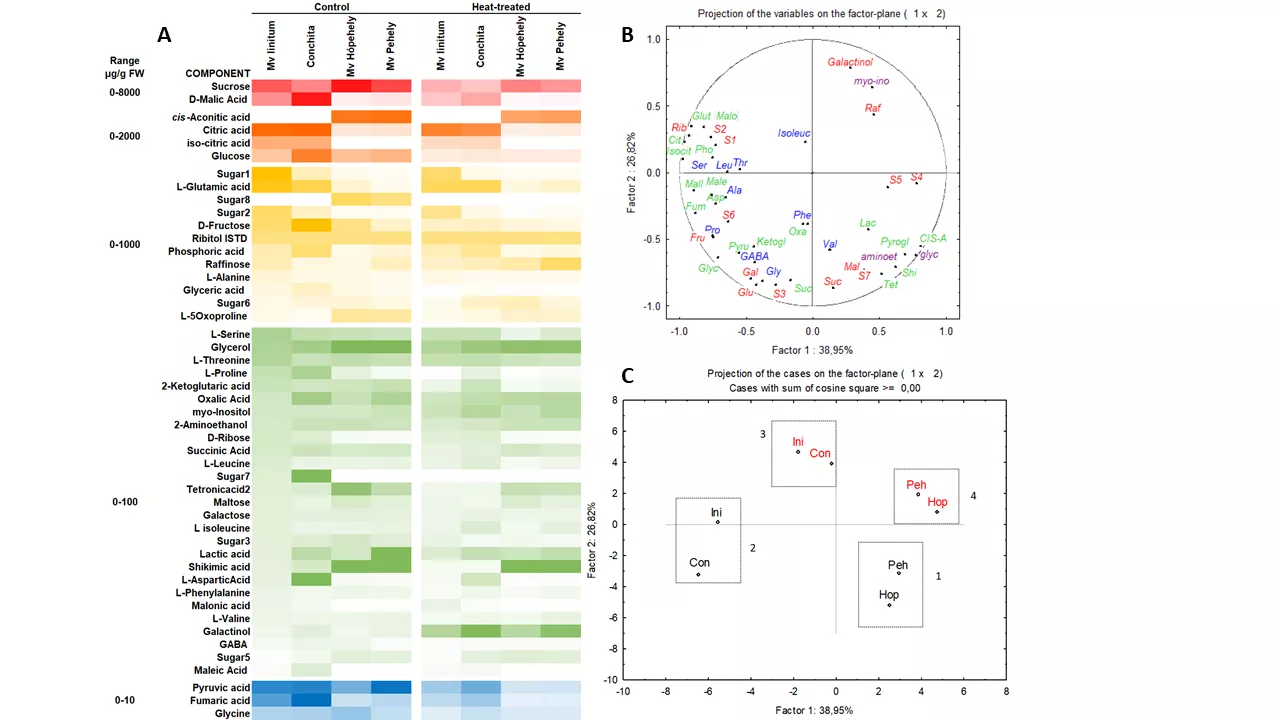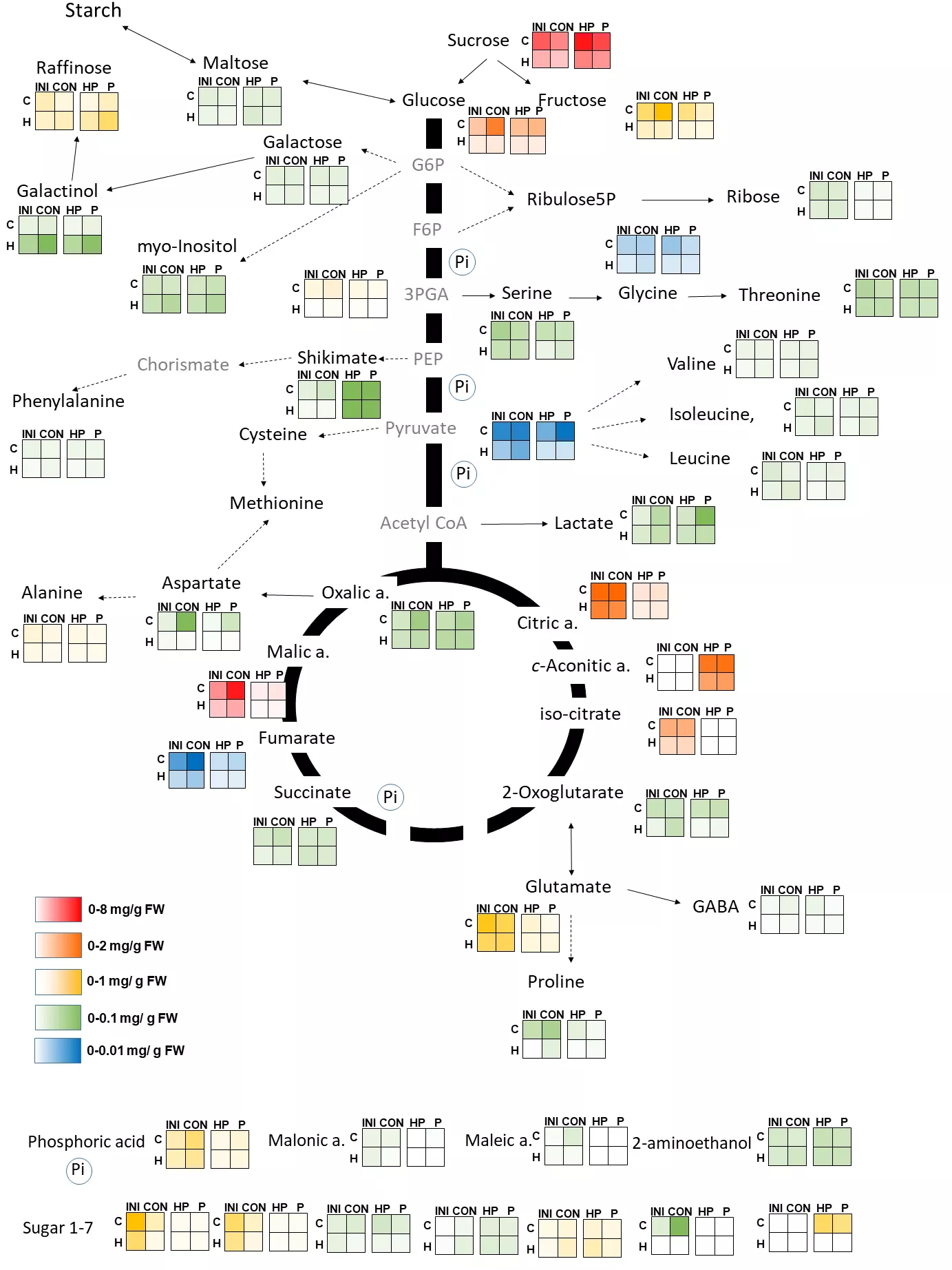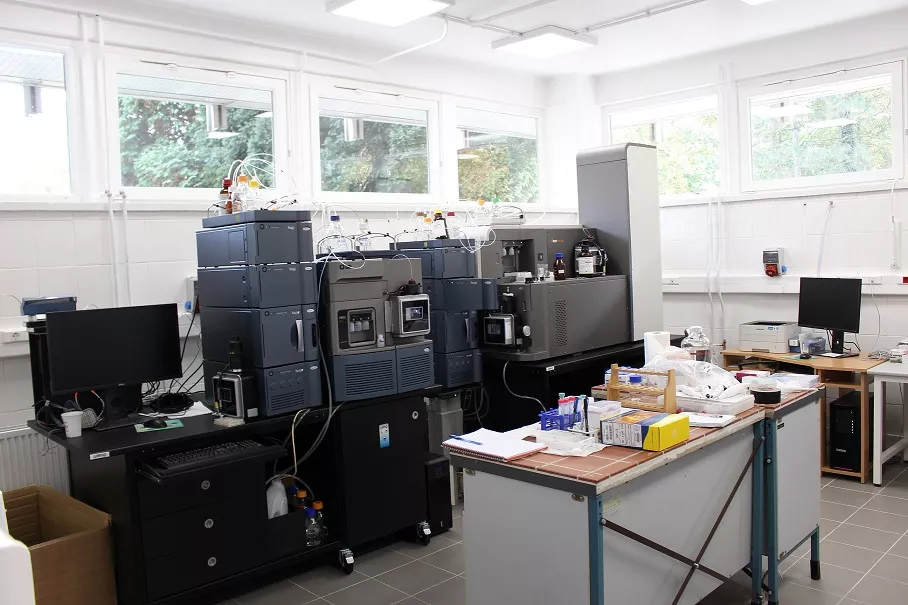Climate change, including global warming, may increase the frequency and severity of many physiological stressors, including periods of extreme high temperature. All this can significantly reduce the yield of cultivated crops. Based on the trends of recent years, the plant-damaging effects of high temperatures must be increasingly taken into account in Hungary as well, either as an independent factor or in combination with other stressors. In search of an answer to the problem, researchers at the Agricultural Institute of the ELKH Centre for Agricultural Research – lead by Éva Darkó and Tibor Janda – studied the effects of preliminary heat acclimation on the heat tolerance of various cereals. The researchers demonstrated that heat acclimatization of young wheat, barley, and oats plants effectively improves their tolerance to a subsequent high-temperature stress. The study on this topic has been published in the journal Physiologia Plantarum.
High temperatures are among the most important abiotic stressors and can limit plant development in many parts of the world, thereby causing significant economic damage. Globally, heat stress reduces wheat yields by at least 15%. High temperatures also affect various physiological, biochemical and molecular processes in plants.
It is known that preliminary treatment with moderately high temperatures (heat acclimatization) can provide protection against subsequent extreme high temperature stress. This process is known as acquired thermal tolerance. While the damage caused by heat stress has been widely investigated, the mechanism of heat acclimatization is less known. A better understanding of the molecular mechanisms of heat acclimatization is important also from a practical point of view, as these results may contribute to the production of heat-tolerant genotypes.

The effect of heat treatment on the actual quantum efficiency and the temperature dependence of photochemical and non-photochemical quenching parameters in cereals. Schematic figure. C: control, untreated; HA: heat-acclimatized; Y (II): actual quantum efficiency; Y (NPQ: regulated non-photochemical quenching; (Y (NO) unregulated non-photochemical quenching.
Researchers at the Department of Plant Physiology of the ATK Institute of Agriculture have demonstrated that some heat tolerant genotypes are able to increase transpiration at the acclimatization temperature while the rate of net carbon assimilation was not reduced. They have also demonstrated that tolerant genotypes are capable of faster stoma closure than heat-sensitive ones at subsequent high temperature stress. Heat acclimatization also involved a number of defense mechanisms, including the induction of antioxidant enzymes. The role of polyamines in the development of acquired heat tolerance remained uncertain: recent results showed that the conversion of different polyamines through the polyamine cycle is more important in the development of acquired heat tolerance than their absolute quantity.
In addition, the researchers studied development of several growth regulators and plant hormones, during heat treatment. Quantitative changes to some growth regulators (salicylic acid, auxin, abscisic acid) and their related compounds (para-hydroxybenzoic acid, phaseic acid and dihydrophaseic acid) deviated significantly in the studied genotypes. The results of various stress-dependent parameters suggested that, in addition to some similarities in responses to elevated temperatures, plants evolved different strategies to reduce the adverse effects of high temperatures. Detailed metabolomic analysis on autumn and spring barley and oat cultivars also showed significant differences between both species and cultivars. The researchers were able to isolate and detect a number of compounds, including sugars, organic acids, amino acids, and sugar alcohols. Certain specific pathways, such as the induction of oligosaccharides belonging to the raffinose family and the synthesis of galactinol, are also likely to contribute to increased heat tolerance in cereals.
Researchers are looking for answers to further questions in the future: they want to explore, among others, whether exposure to elevated temperatures themselves can be stressful, especially at a young age. They also plan to study the changes in the stress-inducing effects of heat treatment as a function of time and other environmental factors, such as light. As the adaptation of the whole plant and individual organs may be different, it is also necessary to investigate in detail the role of the root and the crown, for example. The stress response also depends on the developmental phase, so further research is also needed to determine whether differences between heat treatment processes and genotypes are also manifested in adult plants.
The research was carried out within the framework of a project supported by the European Union and the Hungarian Government. Significant support for the research was also provided by the state-subsidized metabolomics laboratory recently set up at ATK, on which further information is provided here.

'Heat map' and principal component analysis of metabolite changes in different barley and oat genotypes

Changes in metabolic processes of different barley and oat genotypes under the influence of elevated temperature

Section of the ATK MGI Metabolomics Laboratory